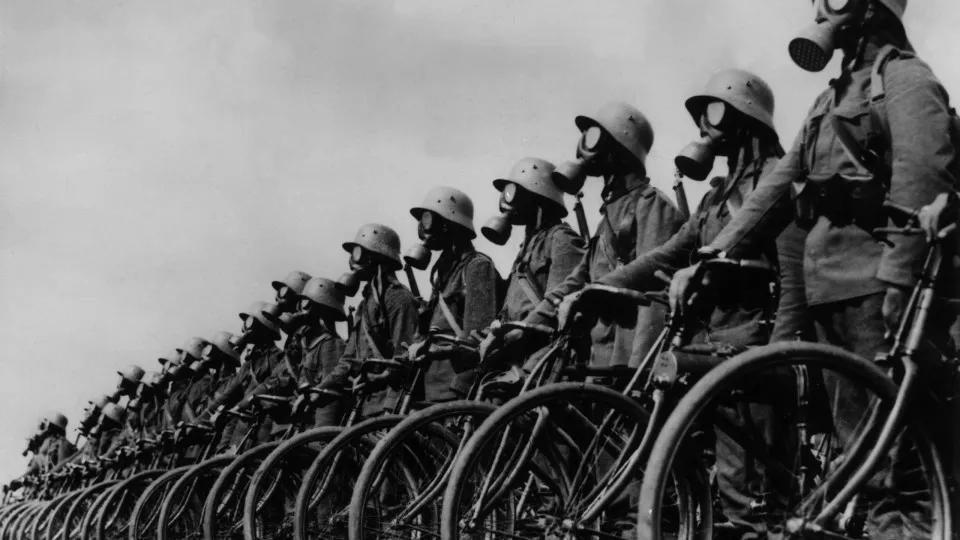Across the sweeping arc of human history, war has been a force of transformation, annihilation, and redefinition. While some conflicts have sparked revolutions or seeded empires, others have plunged civilizations into collapse and have left behind little more than scorched earth and silence.
Behind every triumph and every collapse lies the human cost—the millions of lives swept away in moments of ambition, ideology, revenge, or desperation. While it is difficult to ascertain the exact death tolls of wars (due to incomplete records and even destruction of evidence), some estimates can still be made.
This is not just a list of numbers. This is a chronicle of humanity’s darkest moments and grandest collisions, and these death tolls speak more to the echoes of lives and cultures lost than simple statistics. Click through this gallery to see which conflicts killed the most people.



